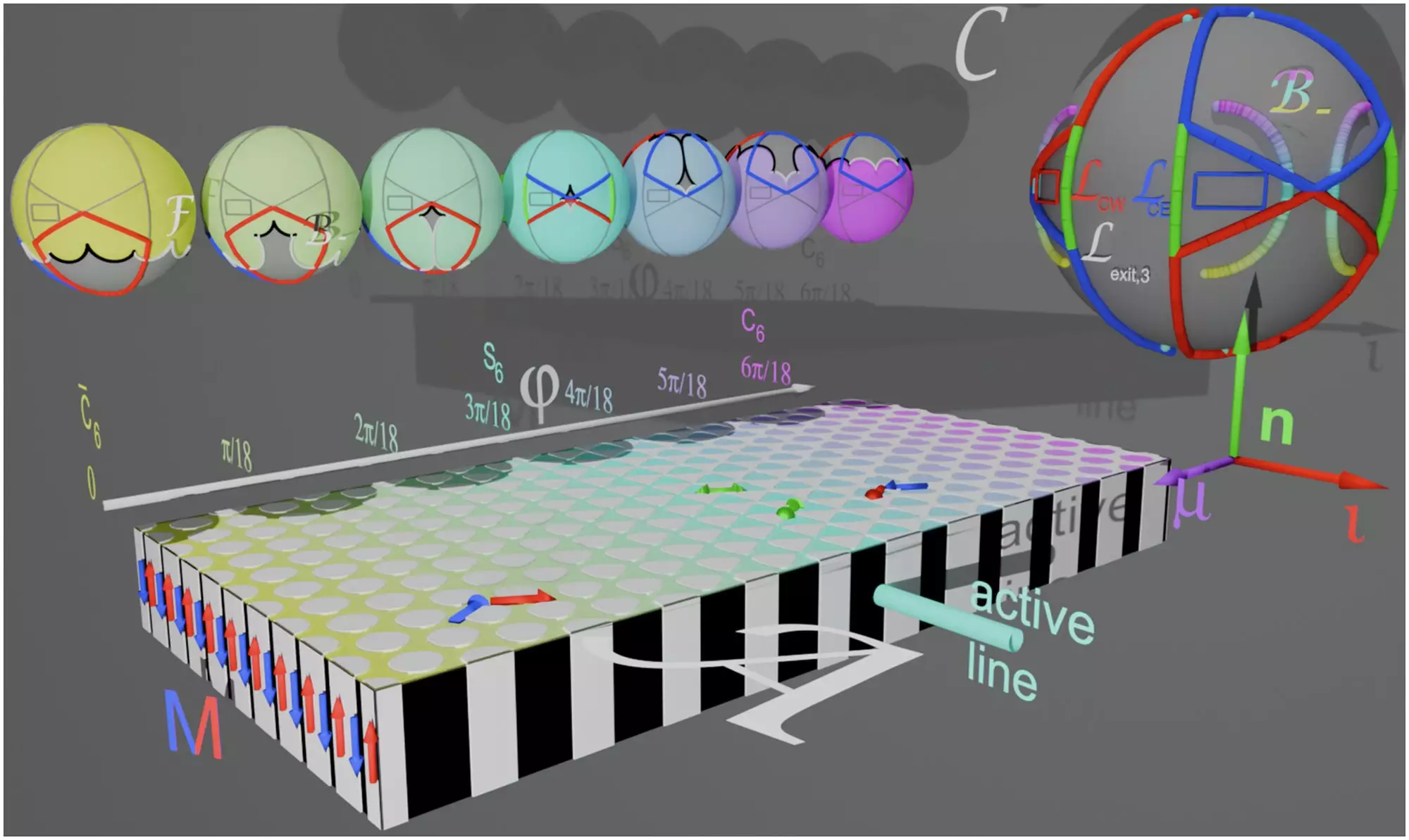In a groundbreaking exploration into the world of microengineering, researchers from the University of Bayreuth have unveiled a remarkable novel method to direct the growth of micro-runners—essentially, miniature robots that can “run” on their own. Leveraging the power of external magnetic fields, these tiny paramagnetic colloidal spheres are assembled into functional structures, effectively transforming them into bipedal agents with the ability to navigate their environment autonomously. This pioneering research, documented in Nature Communications, is not just a scientific novelty; it suggests the inception of an entirely new paradigm in micro-factory production and automation.
The Mechanics of Magnetic Biped Formation
At the core of this innovation lies an intricate process referred to as a “biped factory,” where microspheres are cleverly linked through magnetic forces. This bipedal assembly isn’t merely a whimsical experiment; it represents a significant advancement in how we can control and direct tiny particles, unlocking potential applications in diverse fields from biomedicine to robotics. The researchers meticulously manipulated the magnetic properties of these colloidal spheres to influence their growth patterns. By applying an external magnetic field in a time-dependent manner, they could orchestrate the assembly process, effectively crafting different lengths of bipedal formations that exhibit pre-determined movement paths.
The fascinating aspect of this phenomenon is the phenomenon of autonomous movement. Once the particles achieve their growth goals, they exhibit a remarkable ability to “run” independent of any external input. This artificial mobility presents extraordinary implications for future medical applications, where these microscopic structures could potentially transport drugs to specific sites within the human body, functioning as biological couriers that respond to diverse stimuli.
The Collaborative Effort Behind the Discovery
This research is a collaboration that exemplifies the essence of interdisciplinary effort, bringing together experts from the University of Bayreuth, the University of Kassel, and the Polish Academy of Sciences. Together, these institutions have created a legally and ethically clear framework within which to innovate. The result is not only tangible advancements in science and engineering but also establishes a blueprint for future research endeavors in related fields. The synergy of collective expertise in physics, materials science, and engineering enriches the outcomes and accelerates the pace of discovery.
Implications for the Future of Autonomous Systems
What stands out about this research is its potential influence on the future of robotics and automation. By creating controlled environments where micro-components can autonomously interact, we are on the cusp of developing tiny machines that are not only efficient but also imbued with a form of “intelligence” derived from their programmed behaviors. These bipeds could one day navigate through complex environments, performing tasks that would otherwise require intricate controls.
Moreover, the implications extend beyond just mechanical applications; the bioengineering realm stands at the edge of transformation. Imagine using these microrunners as carriers for targeted therapy in cancer treatments, dramatically increasing treatment efficacy while minimizing side effects. The strategic control over their assembly and movement can pave the way for innovations that revolutionize not just science but the very fabric of healthcare.
The extraordinary findings from the University of Bayreuth hint at a future where microscopic autonomy becomes a reality, compelling us to rethink the intersection of biology, technology, and microengineering.

